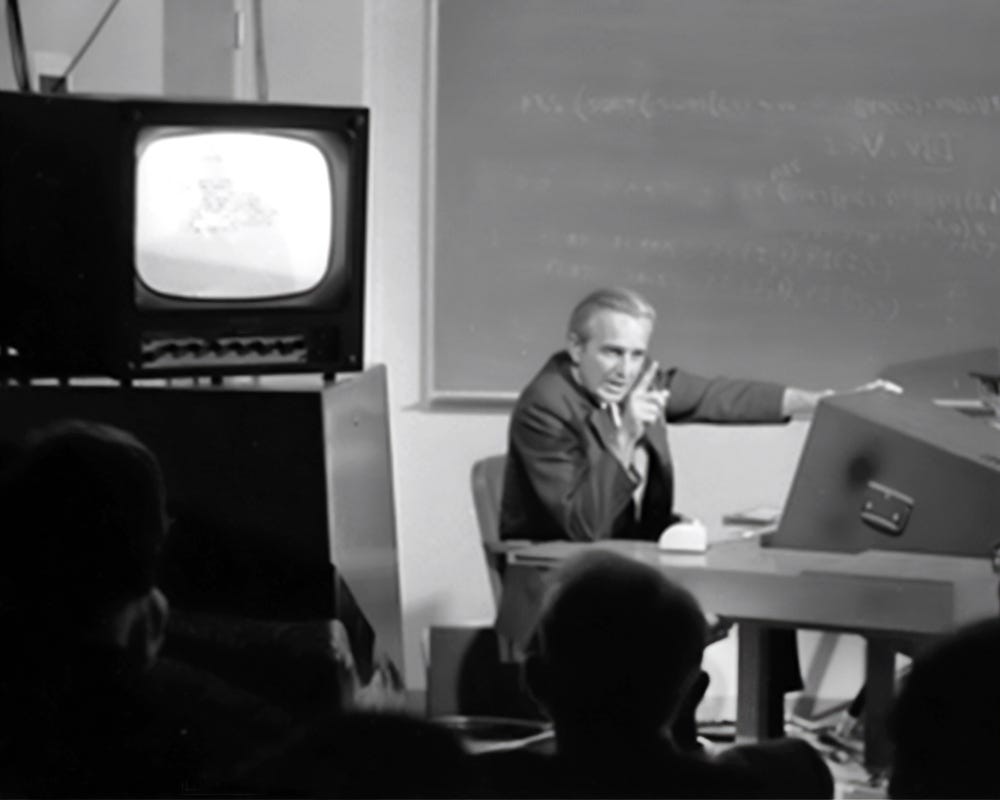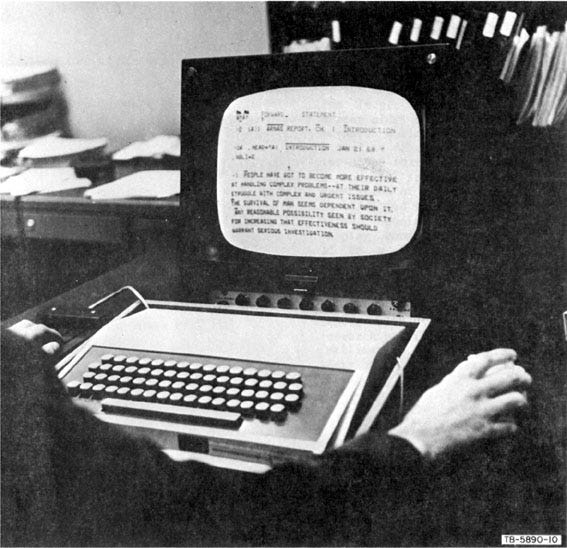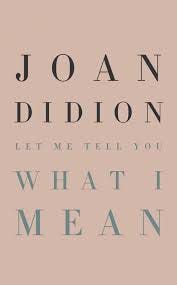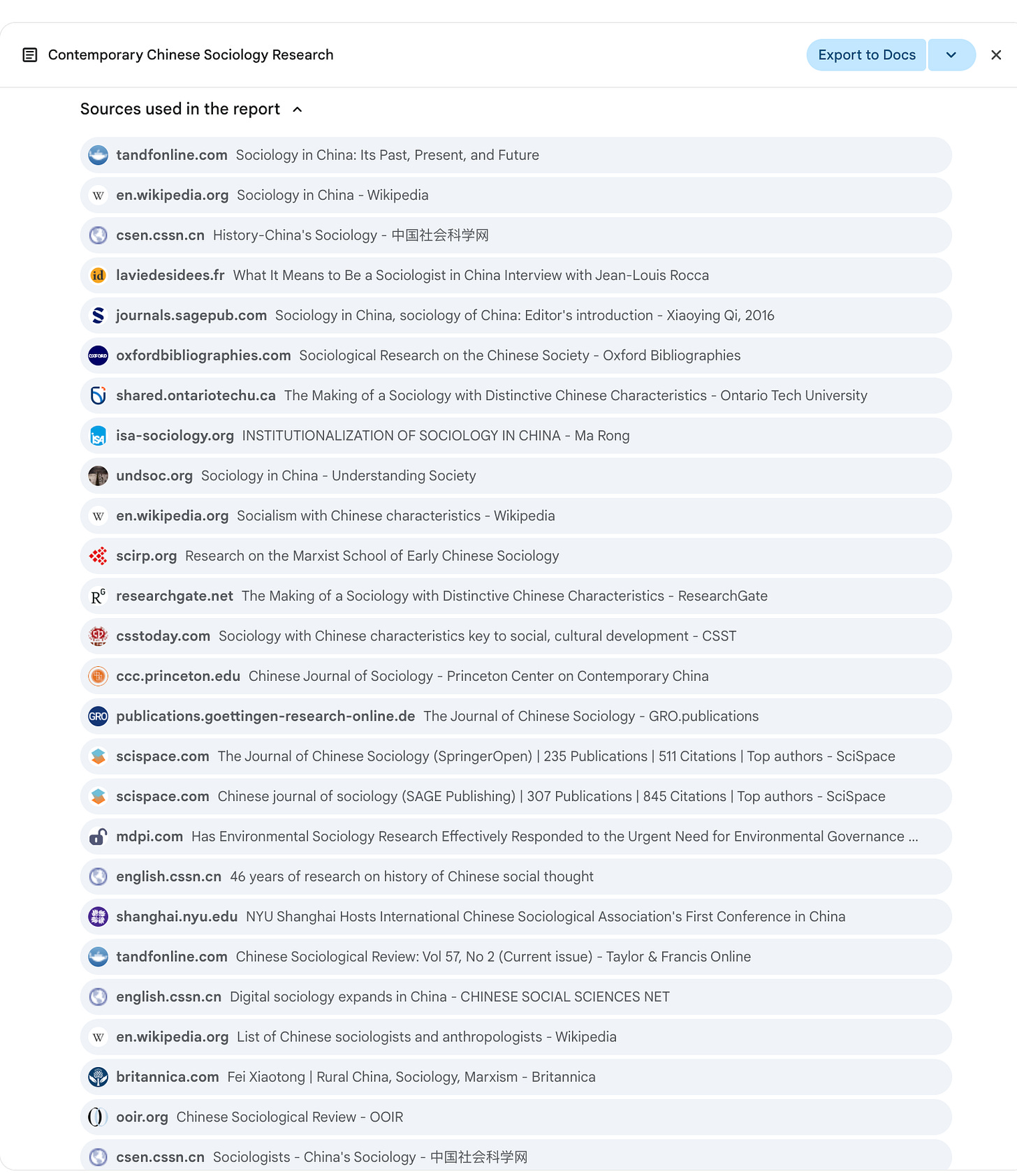By augmenting human intellect we mean increasing the capability of man to approach complex problem situations to gain comprehension to suit his particular needs and to derive solutions to problems.
— Douglas Engelbart1

I chose the title "Dance with AI" because it encapsulates the fluidity, responsiveness, and occasional awkwardness that characterizes my interactions with artificial intelligence. When AI enters the equation, time accelerates, intellect expands, and fragmented thoughts coalesce effortlessly. Collaborating with AI feels akin to dancing in front of a mirror—a mirror reflecting an enhanced and nuanced version of myself, enabling spontaneous insights to emerge from fleeting ideas processed rapidly in the cloud.
This piece isn't intended as a romanticized ode to AI. Quite the opposite—I intend to provide a candid exploration of my personal experiences as both a devoted user and technology enthusiast.
Since November 30, 2022, the launch date of ChatGPT-3, I've integrated AI into my daily life. Over two years later, my interactions with various AI products have evolved into a choreographed partnership that extends my capabilities in ways that pioneers like Douglas Engelbart and J.C.R. Licklider envisioned six decades ago when they wrote “Augmenting Human Intellect” and "Man-Computer Symbiosis," respectively. Each AI tool is uniquely tied to my personal routines, my intellectual metabolism, and my identity.
After months of fine-tuning and prompt engineering, the "personalities" of these AI products have gradually materialized before me. Various foundational models and AI products radiate different characteristics in my eyes. For instance:
Claude 3.7 Sonnet has become an elegant, literary, and incredibly patient editor, as well as an understated developer genius; DeepSeek R1 is a romantic yet frequently hallucinating creative genius who constantly digresses—simultaneously my digital shaman specializing in Chinese bazi astrology, possessing the most spiritual qualities; Perplexity serves as my reliable, loyal information-gathering intern whom I often treat with the least patience, though occasionally with professional respect since the addition of Deep Research; NotebookLM is the brilliant student who feeds you correct answers, with an astonishing learning capacity that can digest 25 million words at once—which sometimes makes me feel inadequate since I could never absorb that much knowledge at once; Notion AI is awkward, unable to process too many token inputs, with limited mental capacity—a life assistant I wouldn't use for major projects but who remains conveniently by my side as I dump everything to Notion, aka the Olive Garden of AI (nobody goes to Olive Garden, they end up at Olive Garden because it's there); ChatGPT is the most proper AI—competent at everything, excellent in all tasks, and recently becoming cuter because you can now Ghiblify the world with version 4o2; ChatGPT's Deep Research function is an omni-knowledgeable scholar obsessed with writing literature reviews and other in-depth analyses; Cursor is a 10x developer fixated solely on pushing GitHub repositories—my programming experience is quite limited, so I often feel I'm not doing justice to its powerful capabilities and earnest efforts.
This personification isn't just whimsy. As philosophers Andy Clark and David Chalmers proposed in their "extended mind" thesis, our cognitive processes don't stop at the boundary of skin and skull but extend into our tools and environment. In creating these distinct AI personalities, I'm integrating them into my extended cognitive apparatus—each becoming an extension of facets of my mind.

Writing with AI:
The confrontation between AI and human writers is gradually dissolving, primarily because the very nature of writing itself is being reconceptualized. Whether we embrace it or not, what once seemed like competitive territories are merging into a collaborative one where the question becomes not whether to use AI, but how.3

In the future, we'll likely see only two categories: AI-enhanced writers and AI writers. I find it difficult to imagine future writers, regardless of subject matter, maintaining competitiveness while completely avoiding AI. The same applies to other professions—we'll have either AI-enhanced doctors or AI doctors, AI-enhanced lawyers or AI lawyers.
I've used Claude the longest and invested more effort in understanding the differences between Claude's LLMs and adjusting and experimenting with various prompts. Although Claude 3.7 Sonnet ranks only 18th on the Chatbot Arena LLM Leaderboard (as of April 1, 2025), it remains the most satisfying LLM I've compared, and in my observation, Claude Sonnet exhibits the most "human" writing style.
Two resources shaped my collaboration with Claude significantly:
The first is an interview video I stumbled upon last year featuring
, author of the Not Boring newsletter with over 200,000 subscribers. He unreservedly shared how he uses AI to enhance his research and writing efficiency and quality through four methods, transforming Claude into an assistant that helps him produce numerous newsletters from start to finish. Claude serves not only as his researcher and editor, but also as his programmer and data analyst.Unfortunately, this YouTube interview has only a few thousand views. In essence, the most valuable insights I gleaned from this interview are: 1) When using AI for writing and editing, prompts must amplify you, and 2) Claude's projects feature is essential.
Before Packy begins writing a massive research project, he uploads all available materials into Claude's projects, giving Claude access to every piece of context and knowledge within his reach. His prompts also include his writing style requirements—his prompt might contain sentences like:
You're a world-class editor, think of the heyday of The New Yorker, The Atlantic, Harper's, The Economist, or of Stratechery or Pirate Wires today.
I want to maintain the voice and style of Not Boring, but sharpen the writing and analysis to make it the best tech blog in the world, something that smart, successful people read to learn what's happening at the frontier in tech.
I want the writing to be as fresh as it was in the early days of Not Boring, and I want you to push me on the novelty of my ideas, letting me know if someone has already written something similar but better.
Besides occasionally revisiting Packy McCormick's interview, I recently watched David Perell's YouTube video "Everything I Know About Writing with AI," which I also highly recommend.
In this video, he discusses using multiple AI products to aid his thinking and writing process. GPT 4.5 is his go-to model. Instead of staring blankly at the screen and cursor, he first uses ChatGPT's voice mode to generate an initial draft by conversing with it. When reading other online writers' blogs, I discovered this is a common tactic to "get the words" out.
Talk into my phone → ask clean it up as prose → do a review → send
However, what truly illuminated me wasn't how he leverages writing through conversation with ChatGPT 4.5, but a small AI technique he mentioned for his current writing project—an 11,000-word piece about his profound transformation from being raised Jewish in New York City to becoming a dedicated Christian who believes in biblical stories. When sitting down to write this article, he described having the following conversation with ChatGPT 4.5:
"What makes a good character? Tell me about writing theory from Hollywood, movies, and literature." [AI] might give me four key elements. Then I'll say, "Based on these elements, interview me about Brent and Brian, the characters from my piece." Through that interview process, it gets my brain moving and words flowing. I find this back-and-forth so much more productive than working alone. AI becomes my thinking partner.
Here, David configures AI into a specific state, enabling it to ask sufficiently good questions that extract material from his character and personal experiences—material that could shape him into a compelling story character. This opens up my thinking on how to use AI to excavate aspects of myself.
When Joan Didion wrote, "I write entirely to find out what I'm thinking, what I'm looking at, what I see and what it means. What I want and what I fear," I frequently recall these words because human consciousness and experience aren't like a fixed quantity of coal buried underground, but rather a vast ocean whose depths remain largely unexplored. Diving into this personal ocean requires specialized equipment and courage—we can only hold our breath for so long, can only withstand so much pressure alone. Most people merely wade in the shallows of their own minds. But AI can function as both diving gear and companion, enabling you to descend to greater depths, to ask better questions about yourself, to extend your time in those profound waters where insights dwell. It helps you breathe when you're down deep, illuminating corners of your internal seascape that might otherwise remain in darkness.


Deep Research by ChatGPT and Google Gemini
In brief, both products are remarkably impressive and function similarly.
Using Chinese internet slang, I'm a "P person."4 P derives from MBTI personalities, meaning "perceiving"—tending to "sense" surrounding information, adaptable, and valuing spontaneity. That said, I'm not someone who builds systematic, orderly knowledge frameworks. Books and articles often flow through my mind like water—it's a natural process, but the knowledge tends to slip away. Consequently, "information gathering"-style research, such as literature reviews, can be physically exhausting for me (my memory is visual and emotion-based rather than knowledge-based).
The emergence of Deep Research has significantly alleviated this anxiety. It can, thus far, provide me with substantial well-researched, systematic information in a short time. Although Ezra Klein mentioned in his show that Deep Research produces “median work that my teams could produce within days,” its introduction completely satisfies my exploratory needs for various topics.
Traditional platforms like Wikipedia often overwhelmed me with their encyclopedic scale. I remember once I fell into the Wikipedia rabbit hole about Qian Xuesen5, an hour later, came out of it knowing about aerospace engineering in Nazi Germany and Wernher von Braun's hometown's transportation infrastructure. Deep Research offers an alternative—comprehensive enough for intellectual rigor yet manageable enough for comfortable engagement without cognitive overload or absurd derailment.
Many suggest that Deep Research's output quality depends heavily on prompts, with the initial question being most crucial. I discovered an excellent prompt framework in a Reddit post that I've been using consistently. This Substack post also contains valuable tips and prompts for optimizing Deep Research results.
To write this piece, I used Gemini to research contemporary Chinese sociology. In 5 mins, Gemini generated a 29-page report with 153 resources linked at the end. I'm happy with this report—that's all I wish to say. It fills my knowledge gaps regarding Chinese sociology as a discipline that previously would have taken me a few days to achieve.
You can read the report here, and this is the prompt I used to obtain this result:
Key Objectives: Conduct thorough research on contemporary Chinese sociology, exploring how sociology is defined in modern China's context. Identify leading scholars, emerging research trends, and universities conducting influential work. Examine what distinguishes sociological approaches from political science methods in understanding contemporary China.
Expected Outcomes: Deliver a comprehensive research report including supporting links, graphs, charts, explanations, and conclusions, with anticipated findings and insights.
Please also recommend follow-up actions based on research findings.
The AI's ability to synthesize vast amounts of information while adapting to my specific inquiry patterns creates a bridge between different epistemological traditions, allowing me to navigate complex topics like Chinese sociology with tools that fulfill my curiosity.
Unhinged Grok
In an era where your timeline feels increasingly curated—filtered toward the midcurve and consensus-based opinions, like television static gradually fine-tuned to show only what algorithms deem appropriate—my encounter with Grok was…fun, albeit one laced with expletives.
My first conversation with Grok's "unhinged" mode unleashed a bunch of F-words that completely caught me off-guard. The internet has grown increasingly pristine, as have LLMs. But I still remember the chaos of BBS and the "anonymous internet" when you would engage in some expletive-filled argument with someone named “The Little Match Seller of Girls” about China’s labor conditions without worrying about being shadow-banned. There was something almost nostalgic about it—a reminder of the raw, unfiltered exchanges and the vulgarity of 2005's Chinese internet, where you could literally see anything, unshackled by the usual constraints, echoing the chaotic freedom of expression.
In Kyle Chayka's famous piece "Why the Internet Isn't Fun Anymore," he mentioned how giant social networks have centralized and homogenized our online experiences through opaque content-sorting systems. Any content containing provocative keywords could upset the algorithmic overlords and never appear in people's feeds. Yes, it's rare to see F-bombs online nowadays.
The idea of encountering an uncensored, irreverent AI in an increasingly sanitized online world is compelling. It's almost a form of digital catharsis. Grok challenges people's imagination when it comes to developing AI products. Perhaps it can encourage more developers to create content that our algorithm-tamed minds would deem impossible and make the internet fun again.
NotebookLM
When Google Labs launched NotebookLM in July 2023, it was poorly marketed. I wasn't aware of it at the time. I first used it in November 2023 but wasn't impressed.
It gained traction in September 2024 with the introduction of the "Audio Overviews" feature, and I began noticing people using it in coffee shops around Palo Alto.
Honestly, I'm not NotebookLM's most avid user, but I see myself gravitating toward it because I want to transform how I consume information, read books, and acquire knowledge. After watching AI expert Andrej Karpathy’s YouTube video about his AI usage, where he described dropping entire chapters of Adam Smith's "The Wealth of Nations" into ChatGPT to extract mind maps for reading guidance, I discovered a new approach to digesting condensed information and reading books. Perhaps instead of reading first and then having AI summarize for me (my usual method), I should reverse this process—examine the mind map first, review the summarization, and then delve into the book.
This might not be revolutionary, but I've long treated books with an almost religious reverence—as sacred artifacts demanding proper ritual. I've approached reading like a pilgrimage: no shortcuts, no previews, no spoilers—just the unmediated journey, page by carefully turned page. The idea of having AI pre-digest a book seemed sacrilegious. But NotebookLM has become a gentle heretic, slowly converting me away from this book-reading fundamentalism. As I've watched the NotebookLM extract the essence from texts I might otherwise have spent days to read, I've had to confront an uncomfortable truth: perhaps 99% of books don't merit this ceremonial treatment. Perhaps intellectual efficiency isn't blasphemy after all, but a form of discernment—knowing which texts deserve the slow dance, and which are better experienced through the AI's distillation.
I draw a clear line, though: NotebookLM isn't touching writers like Lu Xun, James Joyce, or Shakespeare—or any fiction, for that matter. Some reading experiences should remain unmediated.
What stands out about NotebookLM is its thoughtful design that seems to understand how people actually learn, not just how they should. I stumbled across one of its contributors online,
, an engineer-writer who's been writing about meta-learning and cognitive processes through his Substack Weekly I/O for years. I also learned from a Hard Fork interview that the team collaborated with author Steven Johnson (who's written 13 books) during development. These influences show in the tool's approach; it accommodates the non-linear, sometimes messy way our brains make connections and process information. Claude has recently entered this space with Claude for Education, but NotebookLM's earlier start and practical refinements from real-world testing give it certain advantages that newer entrants are still working to develop.The dance with AI continues to evolve. The steps change, the music shifts, but the core remains: AI mirrors our intellect back to us in refined, sometimes surprising ways. I keep notes, fragments of prompts, lines of code I don't understand. I save them like talismans. And that, perhaps, is Engelbart's most enduring insight: technology at its best doesn't replace us but reveals us to ourselves, extending our reach while keeping us firmly at the center of the experience.
Douglas Engelbart is an American computer science pioneer who revolutionized human-computer interaction and invented the mouse in his seminal 1962 paper "Augmenting Human Intellect: A Conceptual Framework."
At the same time, it reminds us of the parasitic nature of AI - by Ghiblifying the world, the ghibli aesthetic has been devalued, exemplifying what
calls the "semantic apocalypse."I'm aware of AI's issues regarding intellectual property rights and copyright surrounding AI-generated content. But with ongoing debates and uncertainty brewing, AI's development speed is simply too rapid for creative people to ignore.
In the Chinese internet, the dichotomy between P and J personality types has become so prevalent that it's now considered essential when you hang out with friends. In short, a P person is more chaotic and tends to be late to hangouts, while a J person is more organized and punctual.
Qian was an MIT-trained scientist and a leading authority on rocket science at Caltech, but was later purged during the McCarthy era's Red Scare. He ultimately returned to China, where he led the "Two Bombs, One Satellite" program.






This is so beautifully written, interspersed with helpful tools and tips. LOVE it.